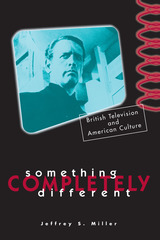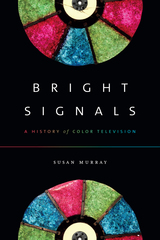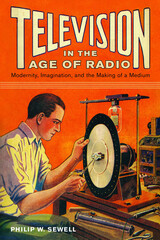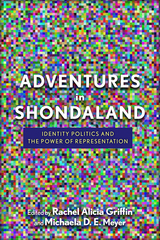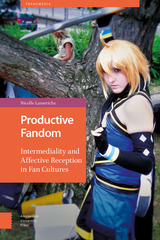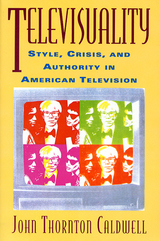Cult Television
University of Minnesota Press, 2004
Cloth: 978-0-8166-3830-7 | Paper: 978-0-8166-3831-4
Library of Congress Classification PN1992.5.C85 2004
Dewey Decimal Classification 791.456
Cloth: 978-0-8166-3830-7 | Paper: 978-0-8166-3831-4
Library of Congress Classification PN1992.5.C85 2004
Dewey Decimal Classification 791.456
ABOUT THIS BOOK | AUTHOR BIOGRAPHY | TOC
ABOUT THIS BOOK
In Cult Television leading scholars examine such shows as The X-Files; The Avengers; Doctor Who, Babylon Five; Star Trek; Xena, Warrior Princess; and Buffy the Vampire Slayer to determine the defining characteristics of cult television and map the contours of this phenomenon within the larger scope of popular culture. Contributors: Karen Backstein; David A. Black, Seton Hall U; Mary Hammond, Open U; Nathan Hunt, U of Nottingham; Mark Jancovich; Petra Kuppers, Bryant College; Philippe Le Guern, U of Angers, France; Alan McKee; Toby Miller, New York U; Jeffrey Sconce, Northwestern U; Eva Vieth.
Exploring the definition and appeal of cult TV from Emma Peel to Buffy
A television series is tagged with the label “cult” by the media, advertisers, and network executives when it is considered edgy or offbeat, when it appeals to nostalgia, or when it is considered emblematic of a particular subculture. By these criteria, almost any series could be described as cult. Yet certain programs exert an uncanny power over their fans, encouraging them to immerse themselves within a fictional world.
In Cult Television leading scholars examine such shows as The X-Files; The Avengers; Doctor Who, Babylon Five; Star Trek; Xena, Warrior Princess; and Buffy the Vampire Slayer to determine the defining characteristics of cult television and map the contours of this phenomenon within the larger scope of popular culture. Contributors: Karen Backstein; David A. Black, Seton Hall U; Mary Hammond, Open U; Nathan Hunt, U of Nottingham; Mark Jancovich; Petra Kuppers, Bryant College; Philippe Le Guern, U of Angers, France; Alan McKee; Toby Miller, New York U; Jeffrey Sconce, Northwestern U; Eva Vieth.
See other books on: History & Criticism | Performing Arts | Television | Television programs
See other titles from University of Minnesota Press

